Zepbound™ and the Future of Sleep Apnea Therapy: A Comprehensive Update on the Latest FDA Developments
For the millions of Americans (and countless others worldwide) dealing with sleep apnea, the ongoing search for better treatment options is unrelenting. Traditional CPAP (Continuous Positive Airway Pressure) machines have been the gold standard for decades, but new technologies regularly emerge, promising better user experiences and improved outcomes. One of the latest names making waves in this space is Zepbound™, a device that some experts believe could redefine how we treat obstructive sleep apnea (OSA) and related sleep disorders.
In this blog post, we dive into the newest developments surrounding Zepbound™, with a focus on clinical data, FDA updates, and how this innovation fits into the broader CPAP landscape.
1. What Is Zepbound™?
Zepbound™ is an emerging therapy platform that promises to tackle the challenges commonly reported by CPAP users—such as mask discomfort, noise levels, and overall compliance. While the device shares similarities with standard CPAP machines (delivering a steady stream of pressurized air to keep airways open), it incorporates several unique features:
- Adaptive Pressure Technology: Automatically adjusts pressure levels in response to real-time breathing patterns.
- Smart Humidification: Senses ambient humidity and adjusts moisture levels to reduce dryness or irritation.
- Compact Design: A lighter footprint and sleeker mask, aimed at increasing patient comfort and compliance.
- Connected App & Monitoring: Real-time data tracking and telehealth integration, allowing healthcare providers to monitor patient progress remotely.
2. The FDA’s Role and Recent Updates
2.1. The Regulatory Process
Before devices like Zepbound™ can be made widely available, manufacturers must navigate the FDA’s stringent review process. This involves:
- Pre-Submission: Discussions with the FDA about preliminary study plans.
- Investigational Device Exemption (IDE): Allows a device to be used in a clinical study to collect safety and effectiveness data.
- 510(k) or PMA Submission: Depending on the device’s risk category, the company either files a 510(k) premarket notification (for devices deemed “substantially equivalent” to existing devices) or a Premarket Approval (PMA) if the device is high-risk or novel.
- Review & Clearance/Approval: The FDA reviews the submitted data, and if it meets all requirements, the device is either “cleared” (510(k)) or “approved” (PMA).
2.2. Zepbound™ FDA Status
- Clinical Trials: Preliminary information indicates that Zepbound™ has undergone extensive trials across multiple study centers in the United States. These studies focused on safety, effectiveness, and user acceptance.
- Recent Developments: While exact timelines may vary, industry insiders suggest that Zepbound™ has successfully completed its pivotal clinical trial phase and the manufacturers have submitted a 510(k) application to the FDA, citing its substantial equivalence to existing CPAP devices—albeit with upgraded features.
- Next Steps: If the FDA grants clearance, Zepbound™ could enter the market within the next 6–12 months. Early adopters and clinicians eagerly await a final announcement, which could arrive any day.
3. Clinical Efficacy and Key Findings
3.1. Study Design
Most studies investigating Zepbound™ used a randomized controlled trial (RCT) format, comparing the device’s outcomes to those of conventional CPAP systems. Researchers evaluated:
- Apnea-Hypopnea Index (AHI): Reduction in AHI was a primary endpoint, measuring how effectively Zepbound™ stabilized airway patency.
- Patient Compliance: Nightly use statistics were tracked over a 3–6 month period.
- Adverse Events: Potential side effects (e.g., nasal congestion, skin irritation) were documented.
- Quality of Life Measures: Surveys and sleep diaries assessed improvements in daytime alertness, mood, and overall well-being.
3.2. Results Snapshot
- AHI Reduction: Early results suggest equivalence or better performance compared to standard CPAP devices, with a significant portion of users achieving near-normal AHI readings.
- Increased Comfort & Compliance: Many participants reported Zepbound™ to be quieter, lighter, and more comfortable, leading to higher compliance rates.
- Minimal Side Effects: Reported adverse events were generally mild, such as slight nasal dryness, which is common with many CPAP-like therapies.
4. How Zepbound™ Stacks Up Against Traditional CPAP
4.1. Comfort and Usability
The main criticism of standard CPAP machines is discomfort, particularly around the mask interface. Zepbound™ claims to solve this with improved mask ergonomics and adaptive air pressure, potentially reducing disruptions during sleep.
4.2. Data-Driven Insights
Zepbound™ integrates with a mobile app, offering real-time data on sleep duration, mask fit, and AHI trends. This level of connectivity is increasingly expected by both patients and providers in modern healthcare.
4.3. Cost Considerations
Although final pricing information has not been officially released, early indications suggest Zepbound™ will be priced in line with mid- to high-range CPAP devices. Insurance coverage, including Medicare or private payers, will largely depend on each company’s policy and whether the device receives a specific HCPCS (Healthcare Common Procedure Coding System) code or acceptance under existing CPAP codes.
5. Practical Tips for Prospective Users
- Consult Your Sleep Specialist: Discuss whether Zepbound™ (once available) or other advanced CPAP systems align best with your specific condition.
- Review Insurance Options: Ask about coverage details, including durable medical equipment (DME) benefits.
- Stay Updated on FDA Announcements: Official FDA clearance or approval will confirm Zepbound™’s safety and efficacy profile.
- Focus on Proper Mask Fitting: No matter how advanced the device, a well-fitted mask remains crucial for effective treatment.
- Track Your Progress: Use integrated apps or keep a sleep diary to monitor improvements in sleep quality and daytime energy.
6. Future Outlook for Zepbound™ and Sleep Apnea Care
Looking ahead, Zepbound™’s development is a microcosm of the broader shift in sleep medicine. As technology evolves, machine learning and personalized therapy will likely become the norm, transforming how patients and providers interact with sleep apnea solutions. If Zepbound™’s FDA journey goes smoothly, it could pave the way for an entire generation of smart, user-centric CPAP devices that address the comfort and compliance challenges that have historically plagued these systems.
Conclusion
Zepbound™ represents a compelling intersection of advanced engineering, rigorous clinical testing, and the FDA’s commitment to safe, effective medical devices. While many details are still unfolding, the device’s potential to enhance comfort, boost compliance, and improve patient outcomes cannot be overlooked. Sleep apnea is a complex condition, and every incremental improvement in therapy can make a meaningful difference in patients’ lives.
As the final word on Zepbound™’s future awaits FDA clearance, it’s essential for both patients and healthcare providers to stay informed. Keep an eye on official announcements, follow reliable sleep medicine news sources, and always consult with qualified professionals when considering changes to your treatment plan.
Complete Bibliography
-
American Academy of Sleep Medicine (AASM).
Clinical Guidelines for the Evaluation, Management, and Long-term Care of Obstructive Sleep Apnea in Adults.2021.
Link -
U.S. Food & Drug Administration (FDA).
Premarket Notification (510k) Overview. Accessed December 2024.
Link -
Mayo Clinic.
CPAP Machines: Tips for Avoiding 10 Common Problems. 2023.
Link -
U.S. Food & Drug Administration (FDA).
Medical Device Overview: Sleep Apnea and the Role of CPAP. Last updated 2023.
Link -
Kushida, C. A. et al.
Comparison of CPAP Titration to Autotitrating CPAP in Sleep Apnea Treatment. Sleep Medicine Reviews, 2019; 48: 101217. -
Pepin, J. L. et al.
Adherence to Positive Airway Pressure Therapy in Obstructive Sleep Apnea Patients. American Journal of Respiratory and Critical Care Medicine, 2021; 203(2): 159-168.
Disclaimer:
Information about Zepbound™ is based on currently available updates and industry reports, which may change as more data emerge or as the FDA review process continues. Always consult with a board-certified sleep specialist or other qualified healthcare provider for personalized medical advice regarding CPAP therapy or any emerging sleep apnea treatments.
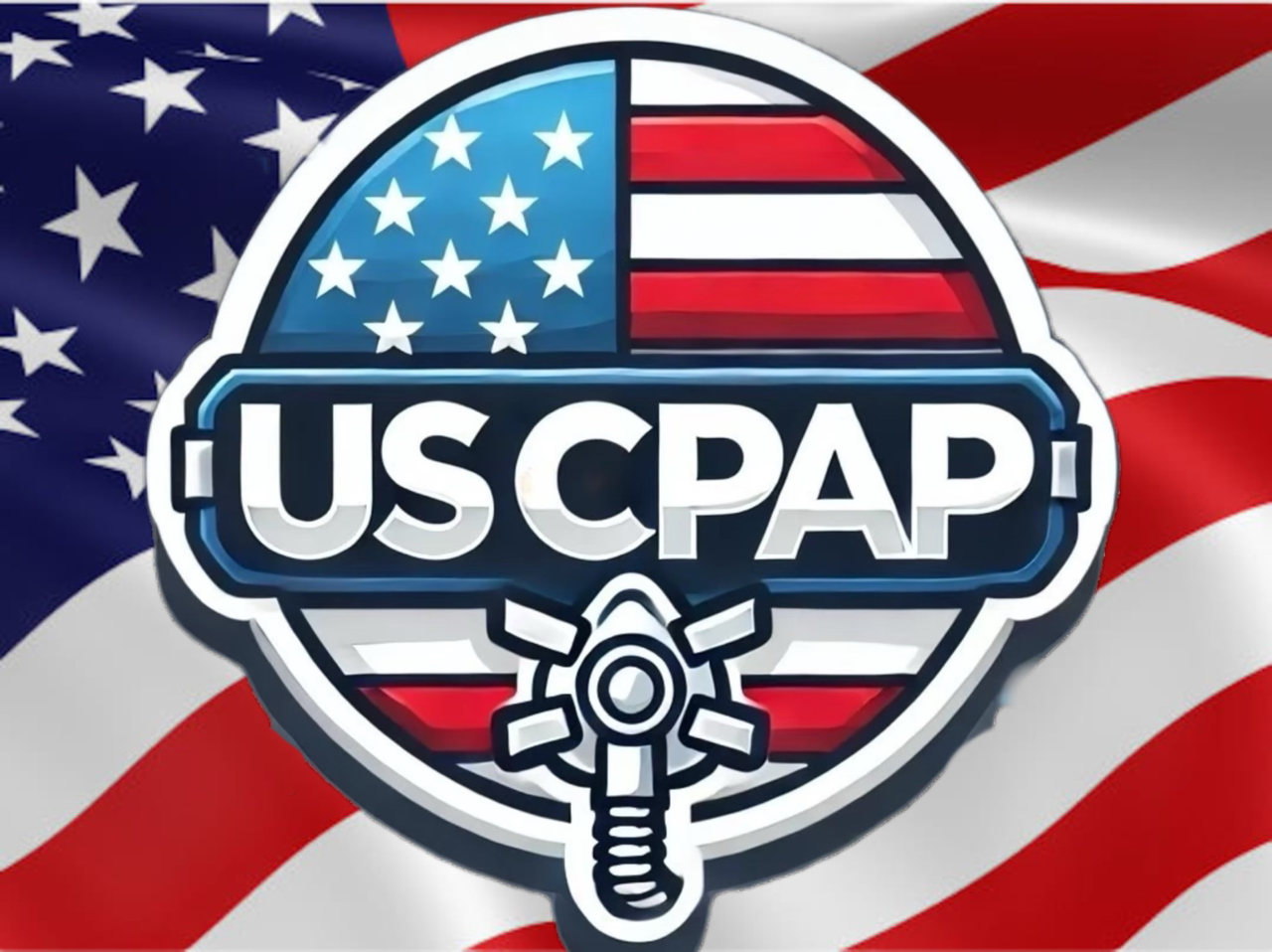
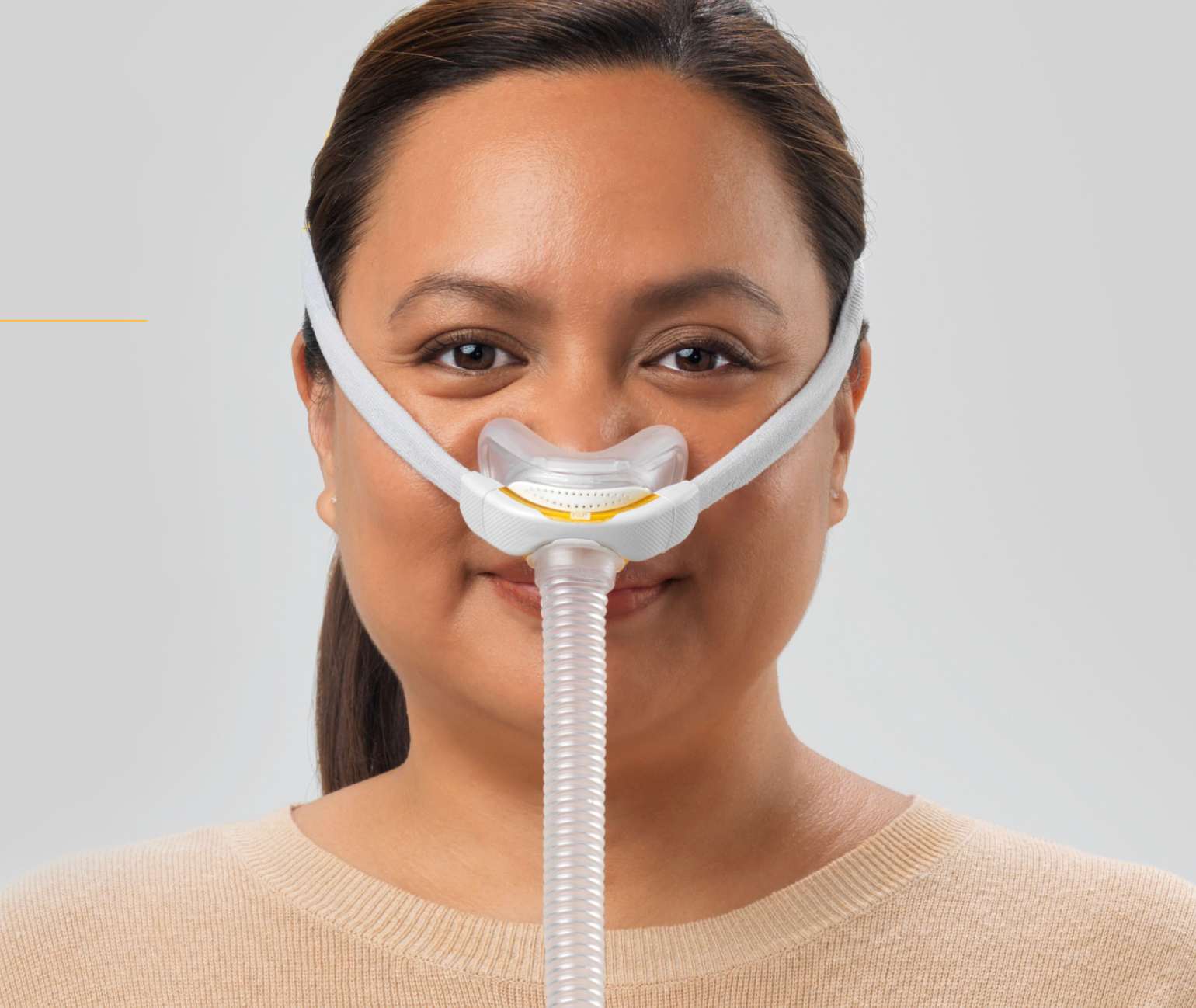
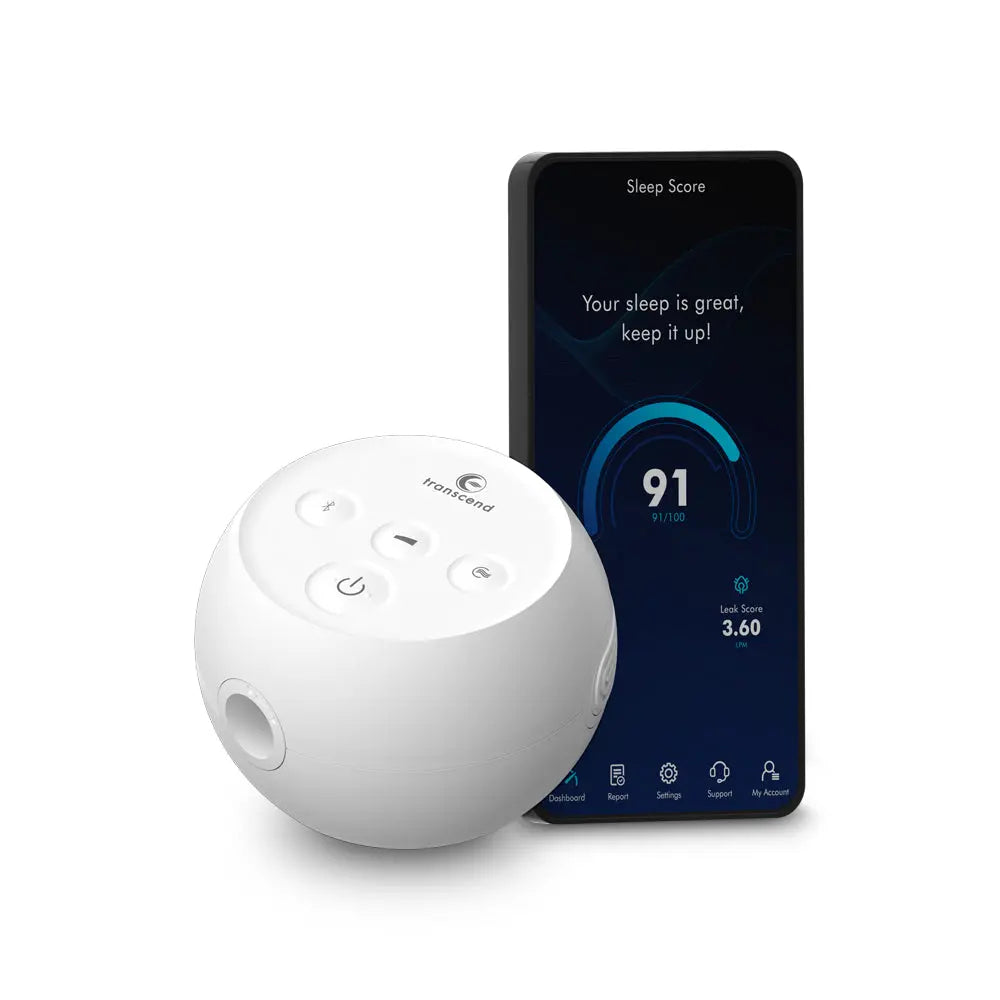
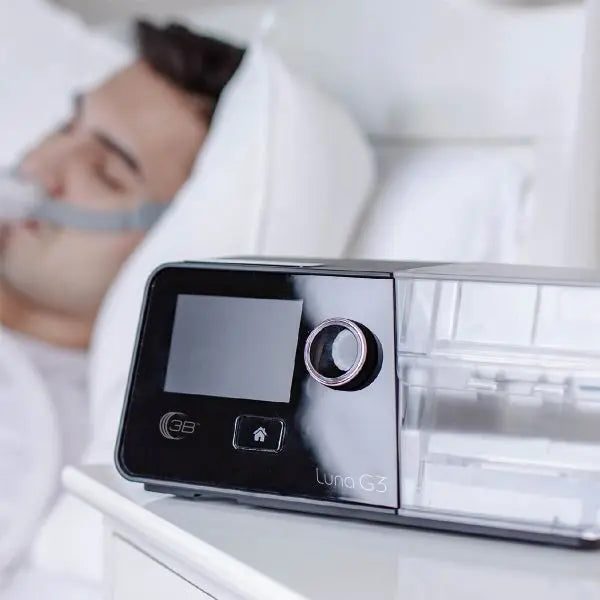
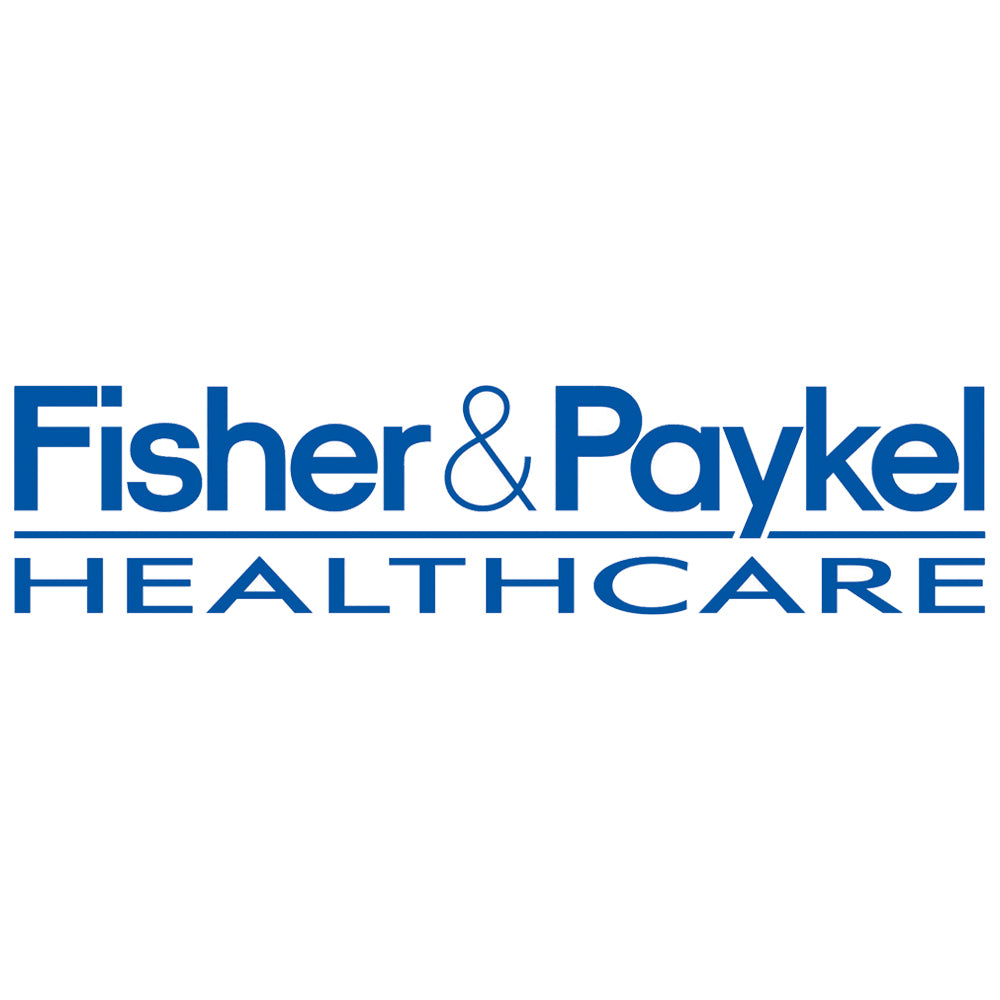

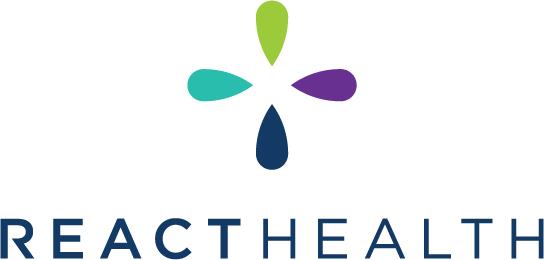
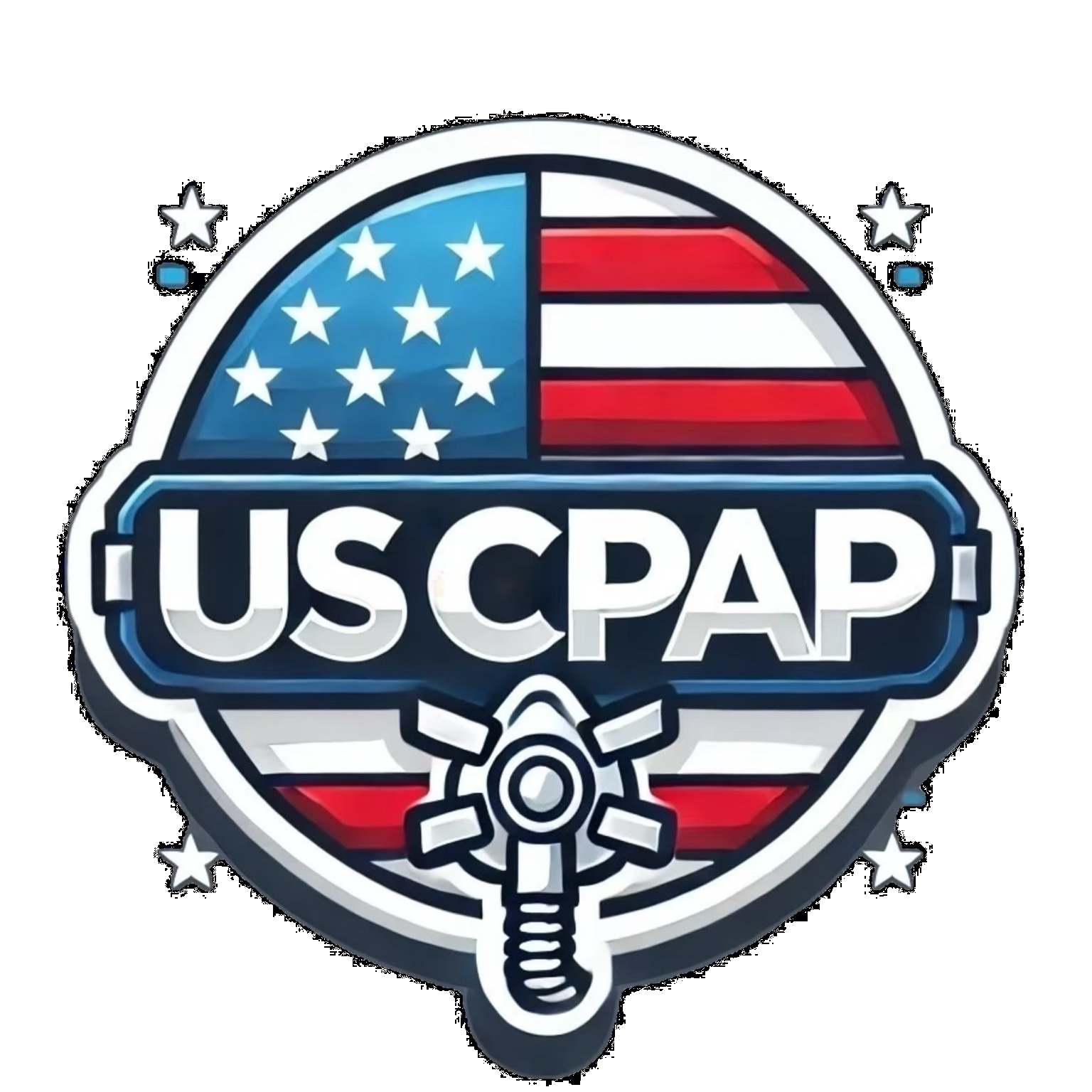
Leave a comment
This site is protected by hCaptcha and the hCaptcha Privacy Policy and Terms of Service apply.